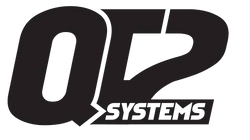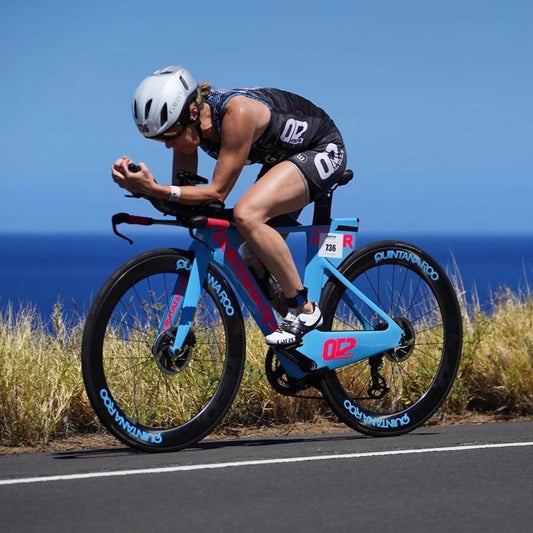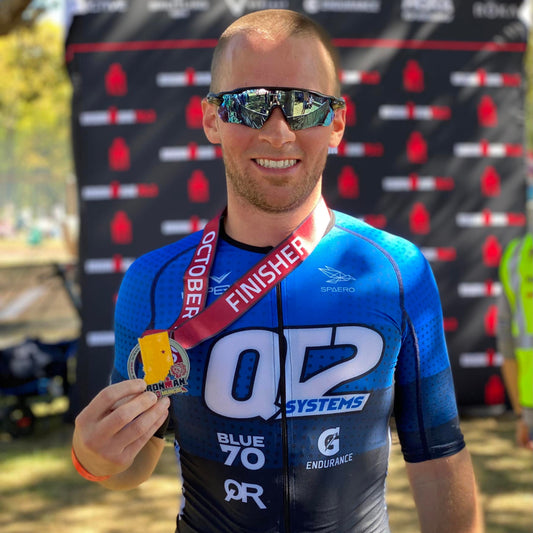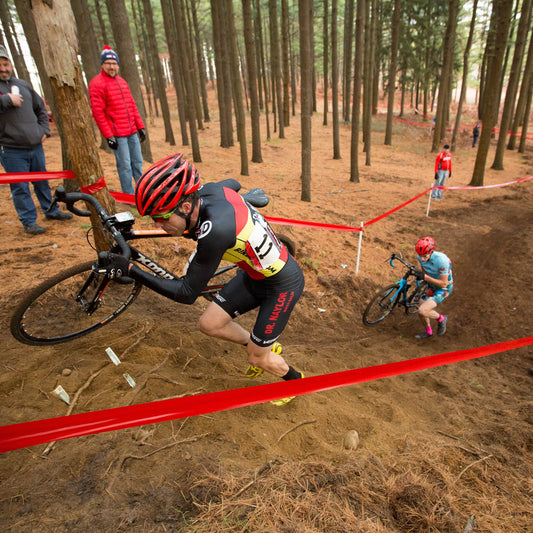“What’s your A race?” This is a pretty common question among triathletes heading into a new season. For many of us, we have just one race a season that is most important to us. For others it might be two. You may want to be able to treat every race in a season as the most important race, but the fact of the matter is that for most triathletes, it’s simply not possible to truly peak more than once or twice a year.
Because of this, we need to choose our other races carefully. Treating other races as secondary doesn’t mean they aren’t also important, it just means that we have to manage our expectations a bit and choose those races in such a way that they support our desire to peak for the primary goal race.
Distance and timing of these races are probably the two biggest things to think about when deciding what other races you want to do. If you are planning on doing an Ironman then a 70.3 is generally a good choice as a race to do at some point before, but the timing also needs to be right. Racing six weeks ahead of your Ironman is probably a good idea, but only two weeks before generally doesn’t leave you enough recovery time. An Olympic or a sprint might also help to do earlier in the season as you are building volume and to get out of the rut of just training. Every athlete is different though, so it is important to consider how quickly you tend to recover from certain distances. For one athlete doing an Olympic race three weeks out from an Ironman might be a great idea, because they have several years of high volume training behind them. For another it might be a disaster. So don’t assume that something might work for you just because it worked for somebody else.
Run races can also be a good choice in the lead up to a goal race, but only up to a certain point. While a 10K might be a good idea at some point if your goal race is a 70.3, believe it or not, a marathon is generally not a very good idea in preparation for an Ironman. 26.2 miles is not to be taken lightly, no matter how much you try to convince yourself it is a “training run.” Between the tapering and recovery from that sort of event generally you are going to lose more fitness than you think you might gain. And without the bike endurance that you miss out on by doing that stand-alone marathon it is a lot more difficult to have a good marathon after you get done biking 112 miles.
Consider terrain as well when choosing your secondary races. Is your goal Ironman Lake Placid? Then you might want to choose a hilly course to prepare you for the elevation there. Ironman Florida? Maybe choose something flatter to get used to grinding out extended periods in the aero position.
Races tend to be more fun than just training for most of us, and sometimes it can be hard to limit ourselves when there are a lot of races that we want to sign up for. But we always need to consider the larger impact those races might have on our training. If you race too often before an Ironman you are often missing out on a lot of long rides and long runs that are crucial to getting the endurance we need to do well at Ironman. You’re constantly recovering from races and unable to do the key endurance workouts, or even worse, you may wind up injured from trying to include too much high intensity race efforts. Making smart choices in secondary races can make a difference in having an okay day at your goal race and having a great one.
This post was written by QT2 Level 2 Coach, Molly Zahr.





